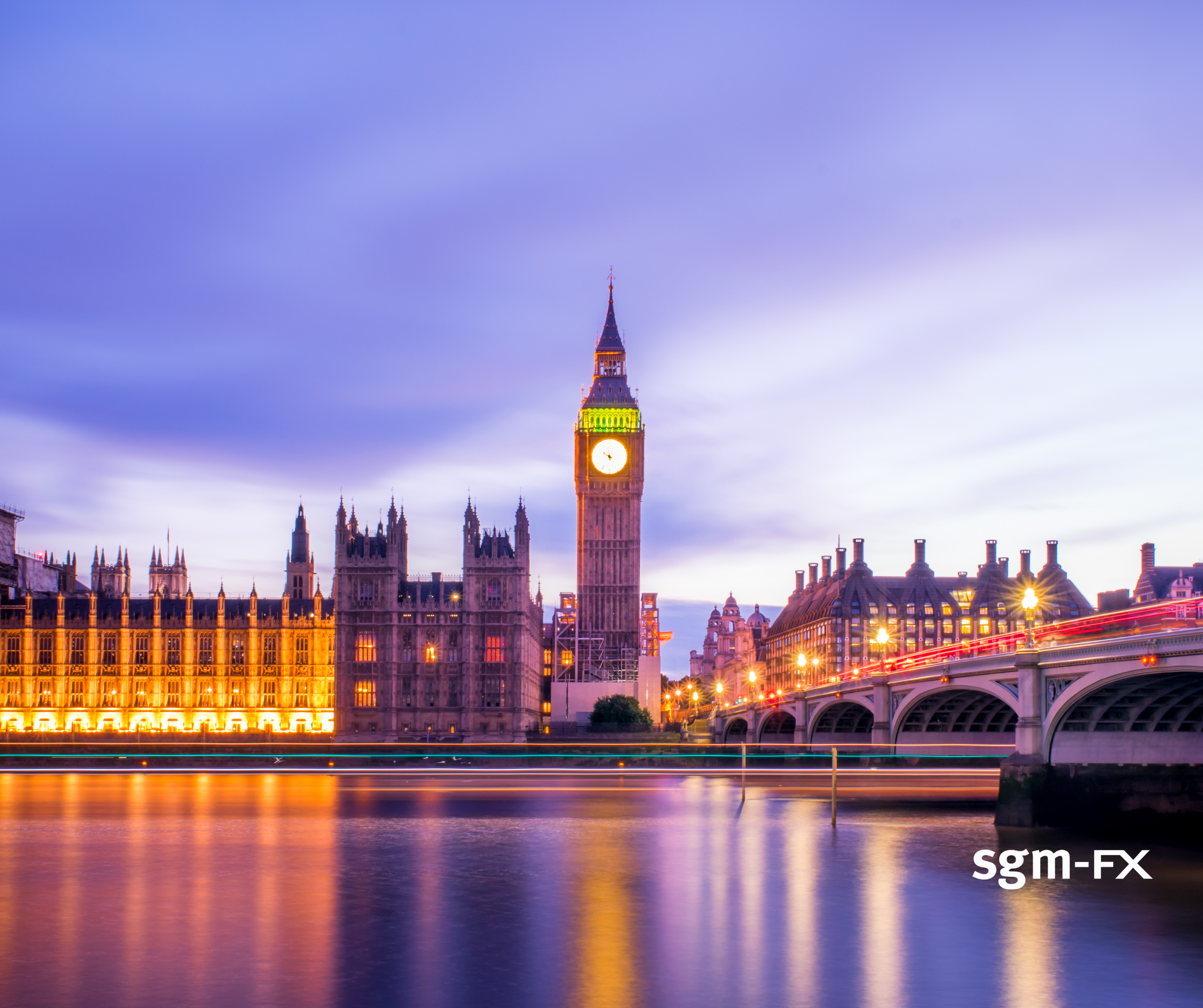
Daily Brief – British Pound
British Pound
GBP at its lowest for over 1 year while UK Government borrowing costs are at their highest for 16 years is not a good look and a situation that will further constrain Chancellor Reeves on delivering on her oft repeated but as yet undelivered promises on growth. Tax increases and spending cuts are more likely outcomes in prospect and neither will encourage economic growth. Making the argument for GBP to claw back its recent drop is much harder than listing the reasons why it looks precarious even at these levels.
GBP/USD 1.2305
US Yield Curve
Before your eyes glaze over and you reach for the sherry, it is worth paying attention to what is happening in the US Government Bond Market. First of all yields in the long end of 30 years have moved up sharply to 4.85% in the past months while at the shorter end of 2 years to 4.25%, they have risen but not by so much. What this means is as follows: the US is having to pay more for its debt; the perception is that the incoming Trump administration will take measures that will result in the need for more long term funding and lastly that the inverted yield curve with higher yields at the short end than the long end is over and there is now a positive yield curve with a differential of 63bps between 2 years and 30 years. The reason it is worth paying attention is that the EU is on an opposite interest rate trajectory and the UK is somewhere in the middle but for geographical and commercial reasons closer to the EU – at present. What will result as night follows day is that international bond investors will measure comparative yields between individual countries’ government bonds and will gravitate towards the best bang for their buck(!)
EUR/USD 1.0314
Switzerland
Looking at Switzerland one can only be envious: as recently as the 19th century Switzerland was a poor country. A nation of only 8.8 million people it has a very high employment rate for people able to work and employs more people in Swiss companies overseas than it does in Switzerland itself. In the C19th its main exports were mercenaries and people but take a look at the world beating international Swiss companies that have been created since then: Hoffman La Roche, Ciba-Geigy, Nestle, Landis and Gyr, Sandoz, Lindt, Sprungli and Schindler to name a few. Switzerland has set out to punch above its weight in 5 different industrial groupings: Healthcare, Textiles, Trading – including banking and insurance, Metals – highly specialised products and lastly Chemicals. It has been a conspicuous success and today Switzerland is one of the world’s wealthiest per capita countries. Underpinning the Swiss model apart from a laser like focus on productivity is an economy that has consistently improved to support its rising standard of living.
USD/CHF 0.911
